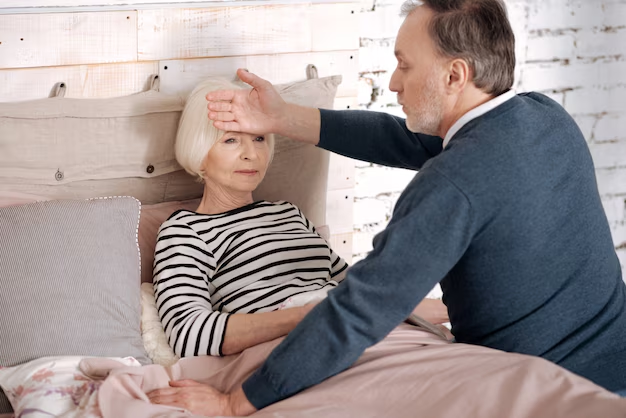Understanding Parkinson's: How to Recognize the Early Signs
Recognizing the early signs of Parkinson’s disease can be challenging, especially since they often resemble normal aging symptoms. Being informed about what to look for can make a significant difference in early diagnosis and management.
Key Symptoms to Watch For
Parkinson's disease primarily affects movement, so symptoms tend to start subtly:
Tremors: A resting tremor, often starting in the hands or fingers, is one of the most common early signs.
Bradykinesia: This refers to slowed movement, causing everyday tasks to become more time-consuming.
Rigidity: Stiffness in the limbs and trunk is prevalent, leading to limited range of motion and discomfort.
Postural Instability: Balance problems and a tendency to fall can occur as the disease progresses.
Facial Expression Changes: Known as "masked face," this symptom involves reduced facial expressions.
Other Considerable Symptoms
- Speech Changes: Soft or slurred speech could emerge.
- Writing Changes: Handwriting might become smaller and more cramped (a condition known as micrographia).
If you notice these symptoms, a visit to a medical professional is essential. An early diagnosis of Parkinson’s can lead to more effective management. Specialists, usually neurologists, often employ a combination of neurological exams, reviewing medical history, and sometimes DAT scans to provide a diagnosis.
Exploring Support Options
Once a diagnosis is in place, navigating life with Parkinson’s can be overwhelming. Here is where understanding available support options becomes critical for both the patient and their family.
Government and Financial Aid Programs
Living with a chronic illness like Parkinson’s can incur significant costs. Fortunately, various programs can ease the burden:
Medicare and Medicaid: These government-funded programs offer essential health coverage. Ensure you are aware of what these programs cover in terms of treatments, therapy, and medications for Parkinson’s.
Disability Insurance: If Parkinson’s significantly impacts your ability to work, applying for Social Security Disability Insurance (SSDI) can help replace lost income.
State-Funded Programs: Different states offer assistance for in-home help, transportation, and other needs.
Resources for Financial Relief
Balancing treatment costs and everyday expenses calls for financial strategizing:
Medical Debt Repayment Plans: Many medical institutions allow patients to set up structured repayment plans without additional interest.
Credit Counseling: Access professional advice on managing illness-related expenses and strategizing debt repayment.
Nonprofit Assistance: Various nonprofits focus on supporting those with Parkinson’s and their families, matching them with resources and financial aid.
Educational and Emotional Support
Dealing with the mental and emotional impact of Parkinson’s is crucial:
Support Groups: Joining specific Parkinson’s support communities can provide emotional relief along with practical advice.
Educational Workshops and Grants: Look into educational opportunities to better understand Parkinson’s and to communicate effectively with healthcare providers.
A Pathway to Support 📊
Here’s a quick guide to financial and educational resources available for individuals living with Parkinson’s:
💼 Social Security Disability Insurance (SSDI): Financial aid for those unable to work due to disability.
🏢 Medicare/Medicaid: Health coverage for treatment costs.
🏠 State-Funded Assistance: Varies by state; includes in-home care and transportation.
📈 Debt Counseling Services: Guidance on managing illness-related debt.
🤝 Nonprofit Support Programs: Direct aid and services tailored to Parkinson’s.
📚 Educational Workshops/Grants: Opportunities for education and resources on Parkinson’s care and management.
Understanding these resources not only assists in navigating the complexities of Parkinson’s disease but also empowers those affected to face challenges with confidence and support.

Related Topics
- Are There Environmental Causes Of Parkinsons
- Can Alcohol Cause Parkinson's
- Can Concussions Cause Parkinson's
- Can Concussions Cause Parkinson's Disease
- Can Dogs Get Parkinson's Disease
- Can Dogs Get Parkinsons
- Can Dogs Have Parkinson's
- Can Dogs Have Parkinson's Disease
- Can Females Get Parkinson Disease
- Can Head Trauma Cause Parkinson's